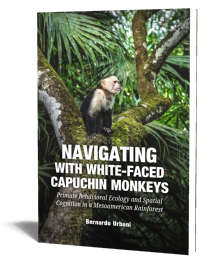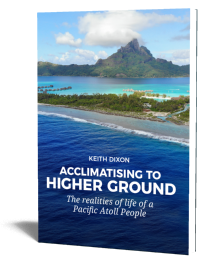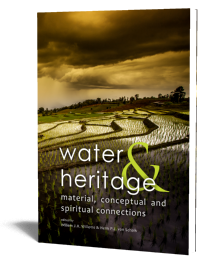Abstract:
Climate change and deoxygenation are among the most urgent threats to our planet’s oceans, rivers, and lakes, and the animals that inhabit them. The impact of warming waters and declining oxygen levels includes shifts in individual growth and reproduction, as well as changes in population dynamics and species distribution. These developments demand action, but to act effectively it is important to understand the general mechanisms that drive these trends.
This book presents a theoretical framework for explaining how warming waters and deoxygenation affect the growth and reproduction of fish and other water-breathing animals. Despite their diversity, these organisms share fundamental life-history traits shaped by common physiological mechanisms and constraints. We address these mechanisms within the Gill-Oxygen Limitation Theory (GOLT), which explains growth and reproduction in terms of oxygen uptake capacity. Building on decades of research, this book outlines the principles of GOLT and explores its wide-ranging applications in ecology, physiology, and reproductive biology.
By presenting this unifying framework, the book provides a foundation for more effective responses to the current crisis in our planet’s waters.
Contents
Chapter 1. Breathing water in a warming world
Chapter 2. What is growth? Pütter, von Bertalanffy and living systems
Chapter 3. Channeling the fire of life: fish gills and their geometry
Chapter 4. Temperature and its biochemical impact on water-breathing animals
Chapter 5. Temperature and its effects on water-breathing animals
Chapter 6. Objections to the theory and what to learn from them
Chapter 7. Why bony fishes mature and spawn when they do
Chapter 8. Growth and reproduction of Chondrichthyes
Chapter 9. Post-spawning growth acceleration
Chapter 10. Gigantism in fish
Chapter 11. Air-breathing fish: between two worlds
Chapter 12. Growth, respiration, and reproduction of water-breathing arthropods
Chapter 13. Molluscs and the GOLT
Chapter 14. Growth and reproduction in sponges, cnidarians and chaetognaths
Chapter 15. Limits of adaptation
Chapter 16. Inferring causality in metabolic scaling
Chapter 17. Epilog – Size and shape in a three-dimensional universe

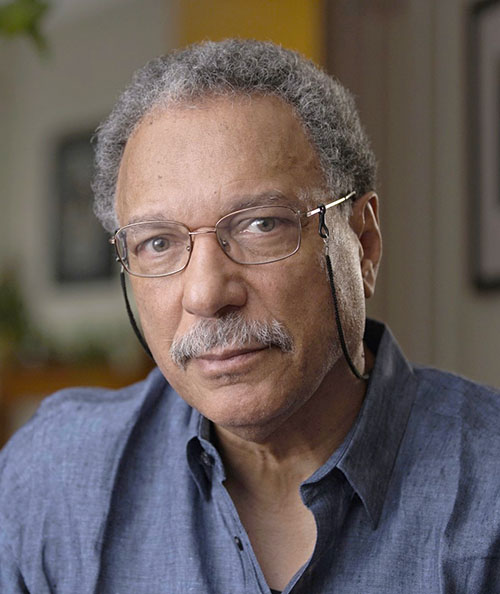
Prof. Dr.
Daniel Pauly
Daniel Pauly studied fisheries science in Germany but spent much of his career in the tropics, notably in the Philippines. Since 1994, he is a Professor of Fisheries at the University of British Columbia, in Vancouver, Canada, where he directs the Sea Around Us. Its research is devoted to studying, documenting and mitigating the impact of fisheries, and increasingly, the effects of global warming, on the world’s fish and marine ecosystems. The concepts, methods and software Daniel Pauly (co-)developed, are documented in over 1000 widely-cited publications, and have led to his receiving multiple scientific awards.
read more

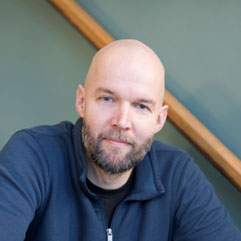
Dr.
Johannes Müller
Johannes Müller is an environmental historian specializing in environmental change and its human perceptions as well as the history of knowledge and science. He is an assistant professor at the Leiden University Centre for the Arts in Society and a guest researcher at the Naturalis Biodiversity Center. He currently leads and participates in several interdisciplinary research projects that focus on the history of biodiversity and environmental change in the Netherlands and its former colonies. Beyond his academic work, he has long experience in fish breeding and actively participates in various local biodiversity initiatives.
read more



